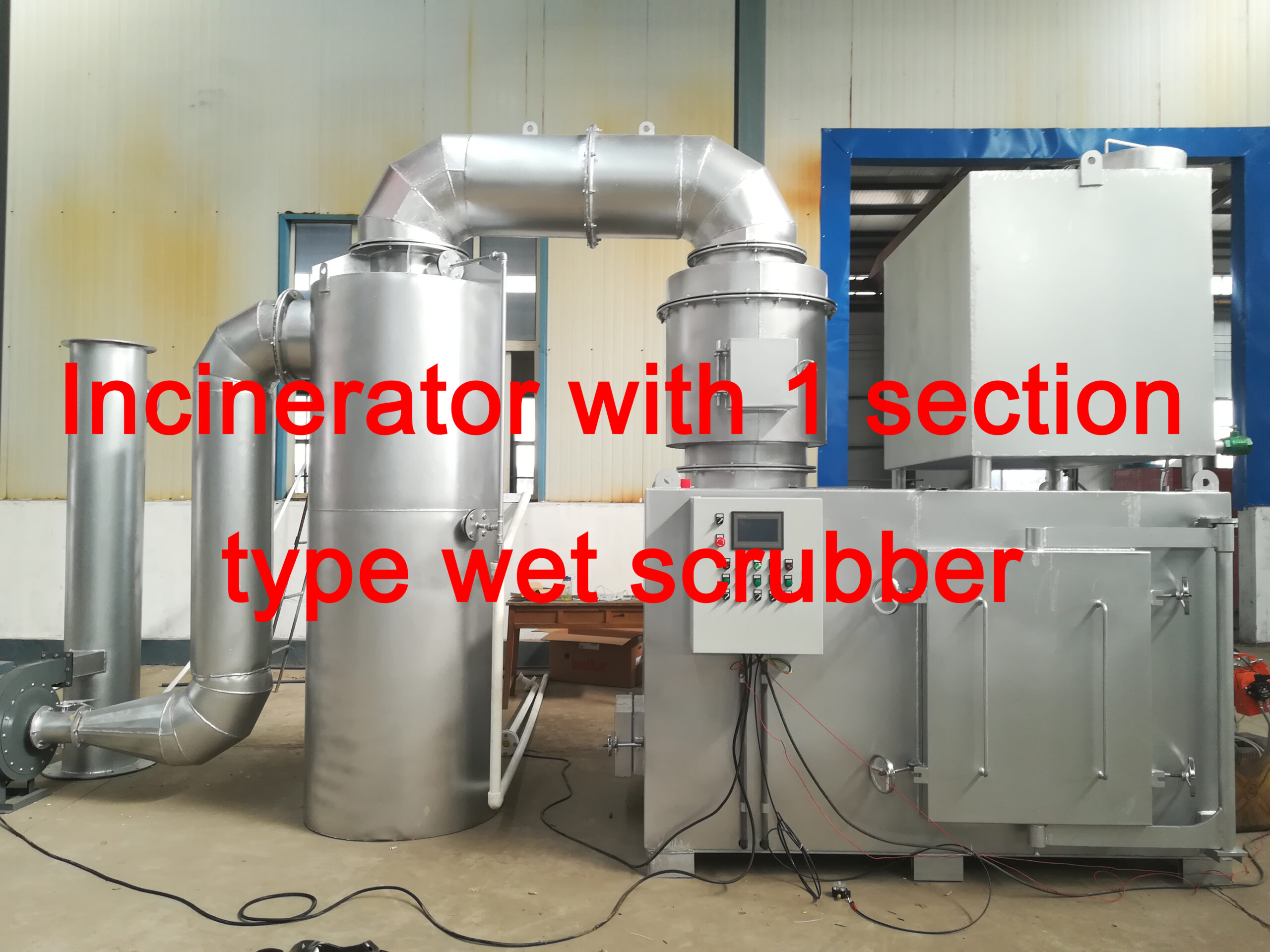As hospitals continue to advance in medical technology and resources, the amount of waste produced also increases. According to the World Health Organization, the healthcare industry contributes to environmental pollution through the generation of hazardous waste, emissions, and excessive consumption of natural resources.
One of the most significant aspects of reducing a hospital’s environmental impact is waste management. Implementing sustainable waste management practices not only helps to protect the environment but also contributes to cost savings and a healthier community. Here are some best practices for waste management in hospitals:
1. Segregation at the Source: The first step in effective waste management is to segregate waste at the source. Hospitals should separate waste into different categories such as general waste, hazardous waste, recycling, and biohazard waste. This segregation ensures that each type of waste is handled and disposed of properly, reducing the potential for environmental harm.
2. Recycling Programs: Implementing a recycling program within the hospital can significantly reduce the amount of waste sent to landfills. Paper, plastics, glass, and cardboard are some of the most common materials that can be recycled. Hospitals can work with waste management companies to establish a program that collects and processes these materials for recycling.
3. Reduce, Reuse, and Recycle: Hospitals should strive to reduce the amount of waste produced by adopting a culture of waste reduction, reuse, and recycling. This can include using electronic medical records, reusing medical equipment where possible, and encouraging staff to use reusable items such as water bottles and food containers.
4. Composting: Hospitals generate a significant amount of organic waste, such as food scraps and yard waste. Implementing a composting program can divert this waste from landfills and create nutrient-rich soil for landscaping and gardening projects.
5. Hazardous Waste Management: Hospitals are known to produce a large volume of hazardous waste, such as chemicals, pharmaceuticals, and infectious materials. Proper segregation and management of hazardous waste are crucial to prevent environmental contamination. Hospitals should work with certified waste disposal companies to ensure that hazardous waste is handled and disposed of safely and in compliance with regulations.
6. Energy and Water Conservation: In addition to waste management, hospitals can reduce their environmental impact by focusing on energy and water conservation. Implementing energy-efficient lighting, HVAC systems, and water-saving devices can significantly reduce the hospital’s carbon footprint.
7. Education and Training: Effective waste management practices require the cooperation and participation of hospital staff at all levels. Providing education and training on waste segregation, recycling, and the importance of environmental sustainability can help employees understand their role in reducing the hospital’s environmental impact.
In conclusion, reducing hospital environmental impact through effective waste management practices is a critical step towards creating a more sustainable and healthy future. By implementing the best practices mentioned above, hospitals can minimize their environmental footprint, protect public health, and contribute to a cleaner and greener community. It is essential for hospitals to prioritize sustainable waste management in order to mitigate their impact on the environment and move towards a more eco-friendly healthcare system.



